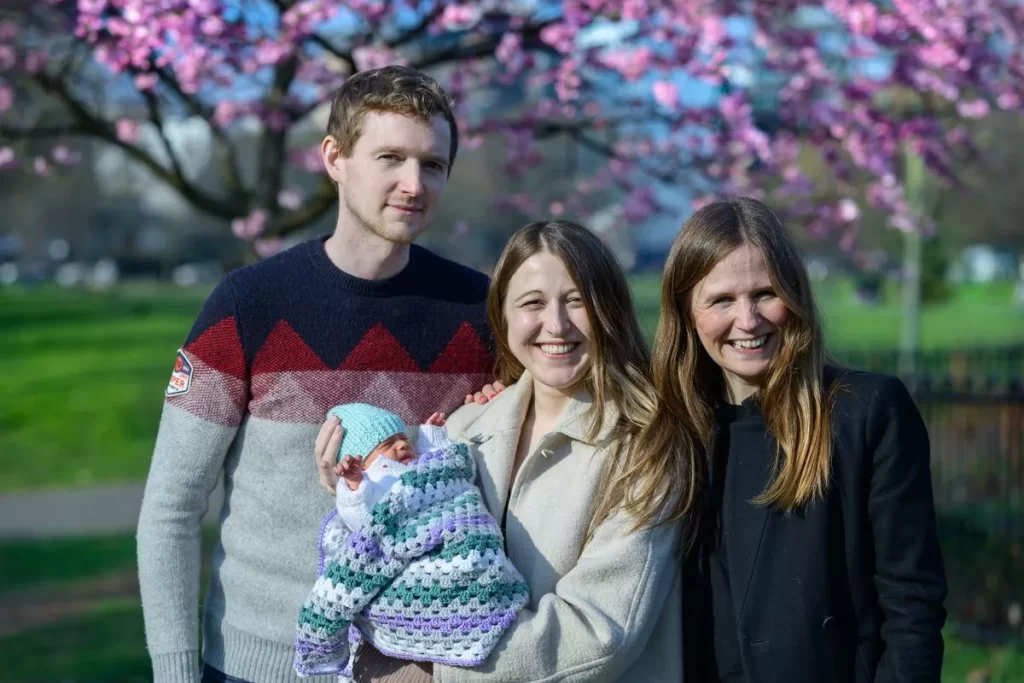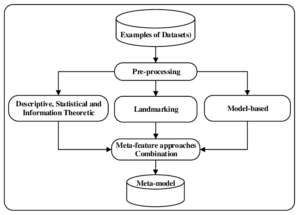Woman becomes first in UK to have baby after womb transplant

Woman becomes first in UK to have baby after womb transplant
A woman has made history to become the first in the UK to have a baby with a transplanted womb.
Scientists on Monday, April 7, hailed the birth of Amy Isabel Davidson after 25 years of painstaking research helped her mum, Grace, 36, defy the odds to start a family.
In an astonishing gift of love, she received the uterus from her older sister, Amy, in the UK’s first womb transplant in 2023.
Now she has given birth to baby Amy Isabel, named after her aunt and a surgeon who helped perfect the technique. The news gives hope to thousands of women born without a womb or whose womb fails to function.
Mrs Davidson, an NHS dietitian, and her finance worker husband Angus, 37, are over the moon with their new arrival. Baby Amy was born by planned NHS Caesarean section on February 27 at Queen Charlotte’s and Chelsea Hospital in London.
Mrs Davidson said she felt “shock” when she first held her daughter, adding: “We have been given the greatest gift we could ever have asked for.” She added: “It was just hard to believe she was real. I knew she was ours, but it’s just hard to believe. Our family is just so happy for us. It sort of feels like there’s a completeness now where there maybe wasn’t before.”
Mrs Davidson was born with Mayer-Rokitansky-Kuster-Hauser (MRKH), a rare condition that affects around one in every 5,000 women. Sufferers have an underdeveloped or missing womb, but functioning ovaries which are intact and able to produce eggs and female hormones. It means conceiving via fertility treatment is still a possibility.
Mrs Davidson was diagnosed when she was just 19 and said was “triggered” by the sight of a mum with a pushchair. Before receiving the donated womb, Mrs Davidson and her husband underwent fertility treatment to create seven embryos, which were frozen for IVF in central London.
Mrs Davidson then had surgery in February 2023 to receive the womb from her sister Amy Purdie, 42, a former primary school teacher, who is mother to two girls aged 10 and six. Several months later, one of the stored embryos was transferred via IVF to Mrs Davidson.
_1744098681.webp)
Amy, who weighed 4.5lb, was delivered several weeks early in a planned 90-minute caesarean section, to ensure a safe, hospital-based delivery. The new mum said: “The first couple of weeks were tricky because she was so sleepy, and we were struggling to kind of keep her awake enough for her feed, but she’s doing really well.
“She had a bit of jaundice to start with, and she needed a bit of light therapy, but she’s a stronger feeder now, and she’s more alert. She will kind of wake herself up when she wants a feed, which is nice.”
Mr Davidson said the moment his daughter arrived was very emotional. She said: “She came out crying, and we were a bit worried she would be whisked off to an antenatal ward, but she’s been with us every minute of her life so we’re so grateful for that.
“It had been such a long wait. We’d been intending to have a family somehow since we were married, and we’ve kind of been on this journey for such a long time. Having waited such a long time, it’s kind of odd getting your head around that this is the moment where you are going to meet your daughter.
“The room was full of people who have helped us on the journey to actually having Amy. We had been kind of suppressing emotion, probably for 10 years, and you don’t know how that’s going to come out – ugly crying it turns out.
“The room was just so full of love and joy and all these people that had a vested interest in Amy for incredible medical and science reasons. But the lines between that and the love for our family and for Amy are very much blurred – it felt like a room full of love.
“The moment we saw her was incredible, and both of us just broke down in emotional tears – it’s hard to describe, it was elation.” Mrs Davidson said the couple always had “a quiet hope” the womb transplant would be a success.
She added that the couple “definitely” wanted to have another child.













